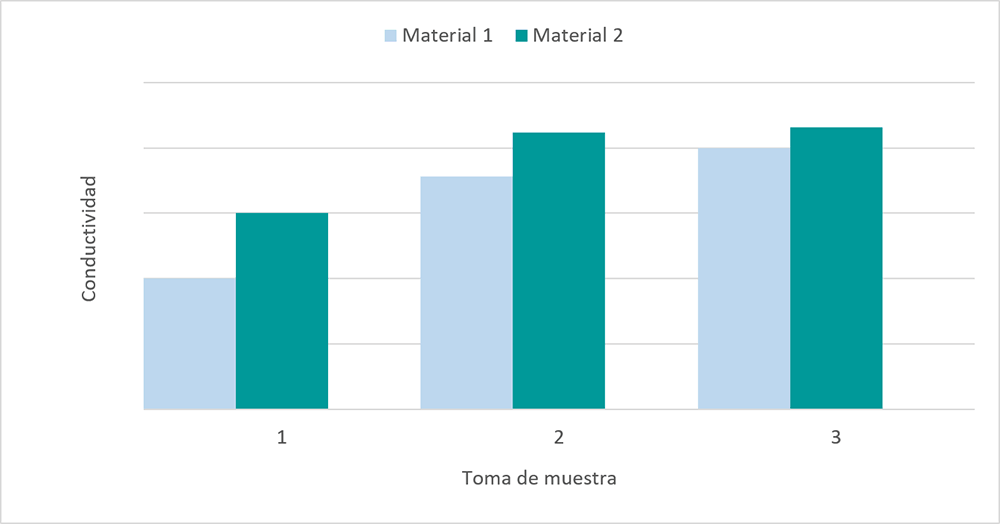What was the challenge or problem to solve?
The objective of the research was to evaluate whether the substitution of a material for another with a lower environmental impact could affect the conductivity of a coolant used by the client company. The importance of knowing this data was fundamental, since the conductivity of this coolant was a key parameter in the process and could generate a failure in production.

The design of the experiments and the set-up was conditioned by the fact that the study had to be carried out only on the material to be tested. After carrying out different experiments, INFINITIA’s Forensic Engineering team was able to verify that alternative materials, synthesized from recycled material, influence the coolant conductivity in a similar way to the material currently used.
Therefore, it was conveyed to the customer that it was feasible to replace this material while maintaining the required conductivity conditions.
We start by performing a literature search on the process to be studied. This is a common step in the first phase of our projects, since obtaining information is essential to design the experiments in an ideal way.
Next, the optimum measurement conditions for performing the tests (temperature, solvent volume, times, etc.) were determined and the set-up was designed.
Two factors were taken into account in the selection of suitable materials: that these materials should not influence the conductivity of the liquid and that they should withstand the working temperature at which the tests were to be performed. It was also important to ensure the tightness of the container, so that the volume of solvent remained constant and did not evaporate.
After conducting the experiments and evaluating their results, it was found that the new materials did not significantly affect the variation in the conductivity of the coolant. Thus, a final report validating the use of these new materials for the intended use was presented to the customer.

